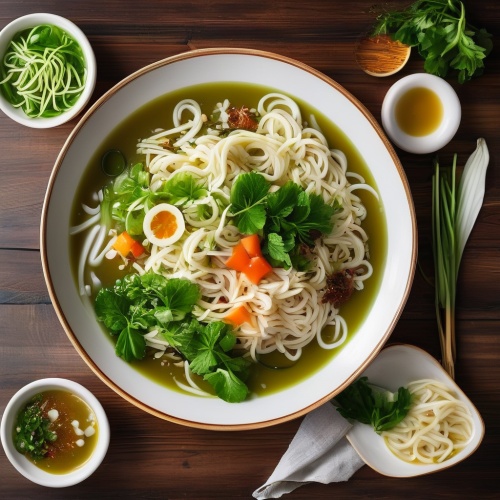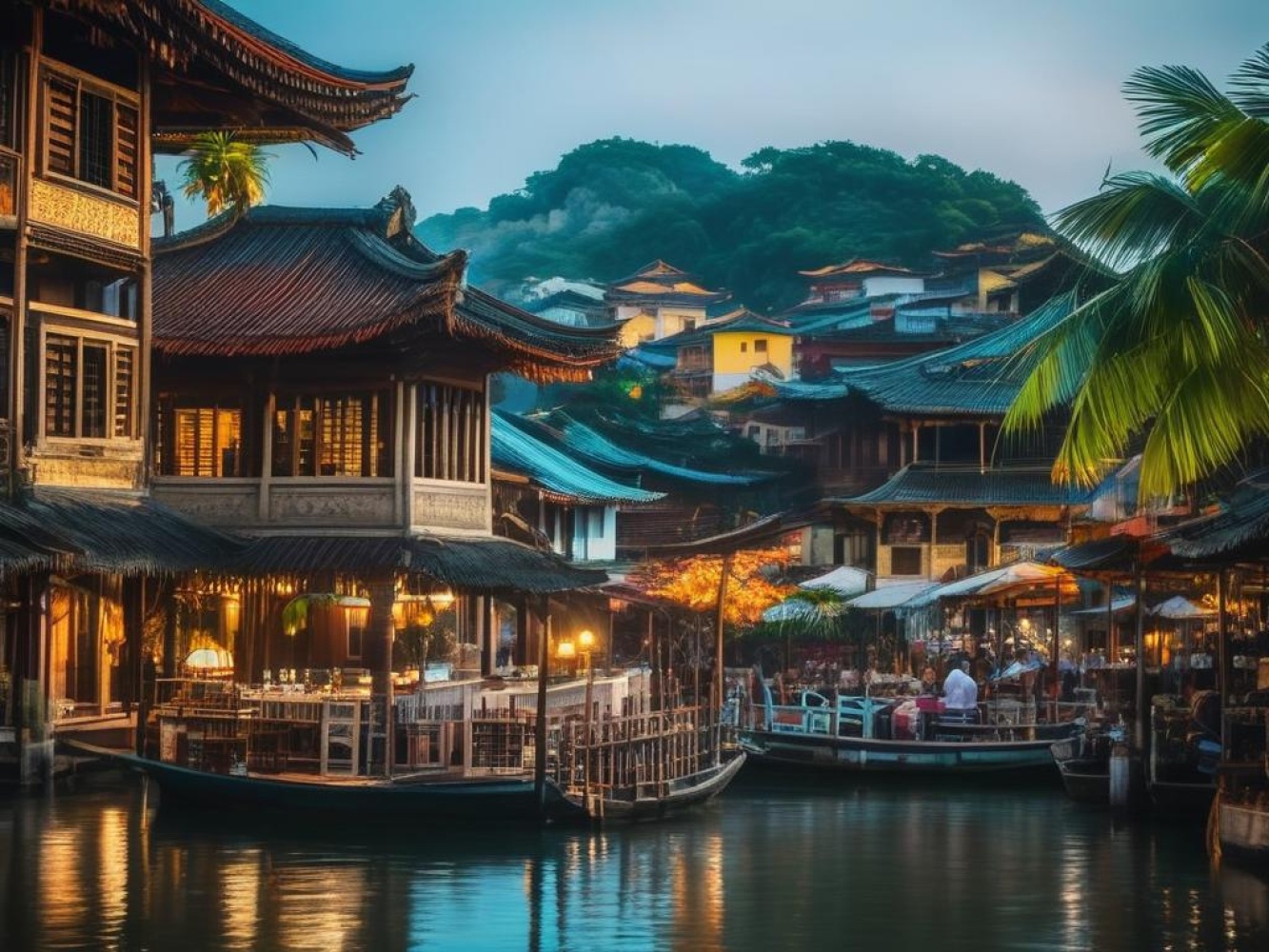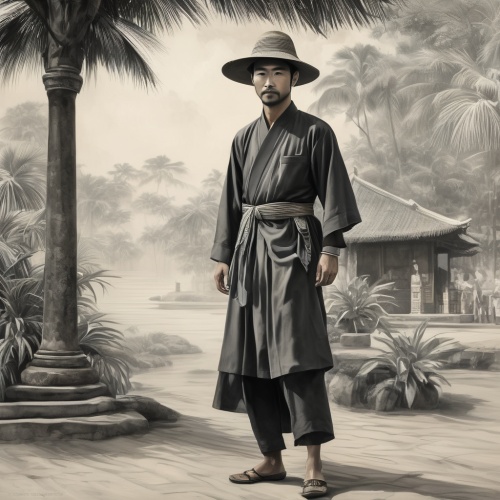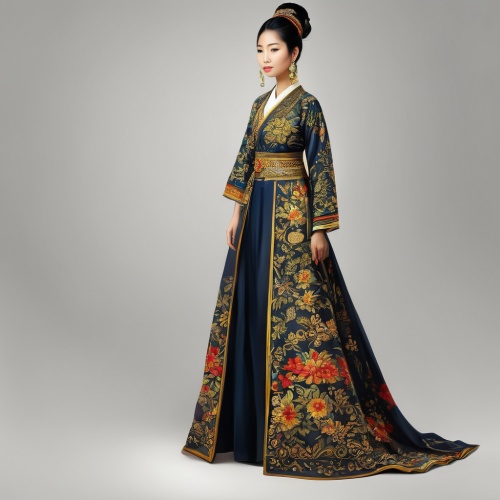Understand
Hoi An, formerly known as Faifo, has a captivating history that spans over 2,000 years. As the principal port of the Cham Kingdom, it was a crucial hub for the spice trade with Indonesia during the 7th to 10th centuries. In the 16th and 17th centuries, Hoi An flourished as an international port, leaving a lasting influence on its culture and heritage. The Cham people, originally from Java, were the primary contributors to Hoi An's distinct culture and heritage. Their kingdom extended from Hue to Phan Thiet, and their political, commercial, and spiritual capitals were Tra Kieu, Hoi An, and My Son, respectively. The Cham were initially Hindu but later embraced Islam due to the influence of Arab traders. Another major influence on Hoi An's culture came from the Chinese. Traders and refugees from the fleeing Ming Dynasty settled in Hoi An before eventually moving farther south to establish Saigon as a major trading port. The final and most recent cultural influence on Hoi An came from the Vietnamese. After the Cham lost control of the area, the Vietnamese culture took hold. While Hue is a better destination for experiencing authentic Vietnamese culture and heritage, Hoi An still offers a glimpse into the nation's past. Although Hoi An's shipping industry has diminished, the heart of the city remains its enchanting Old Town. The narrow, winding lanes and traditional Chinese shophouses create a magical atmosphere, especially at sunset. Despite the influx of tourism, the architecture has been well-preserved, ensuring a unique and authentic experience. Unlike many other parts of Vietnam, Hoi An has avoided excessive modernization and retains its charm. While the community that once defined Hoi An's culture has diminished, the city's popularity as a tourist destination has grown exponentially. Tailor shops abound, showcasing Hoi An's reputation for clothing and shoes. Beyond the Old Town, there are countless open-fronted workshops where these garments are meticulously crafted. Although Hoi An no longer possesses the exact culture and heritage that UNESCO World Heritage Site status sought to preserve, it remains a captivating destination that blends history, tradition, and tourism.
Map & Climate
Popular Foods
 Phở - Phở is a popular Vietnamese soup consisting of broth, rice noodles, herbs, and meat, typically either beef or chicken. The broth is often made from simmering bones and vegetables, resulting in a rich, savory flavor. Phở is commonly served with side dishes such as lime wedges, bean sprouts, and chili sauces.
Phở - Phở is a popular Vietnamese soup consisting of broth, rice noodles, herbs, and meat, typically either beef or chicken. The broth is often made from simmering bones and vegetables, resulting in a rich, savory flavor. Phở is commonly served with side dishes such as lime wedges, bean sprouts, and chili sauces. Bánh mì - Bánh mì is a Vietnamese sandwich that typically includes a combination of meats, such as pork, ham, and/or chicken, pickled vegetables, and chilies, all served on a crusty baguette. It's a fusion of French and Vietnamese cuisine, reflecting Vietnam's colonial past.
Bánh mì - Bánh mì is a Vietnamese sandwich that typically includes a combination of meats, such as pork, ham, and/or chicken, pickled vegetables, and chilies, all served on a crusty baguette. It's a fusion of French and Vietnamese cuisine, reflecting Vietnam's colonial past. Gà nuòng - Gà nuòng, also known as grilled chicken, is marinated in a mixture of ginger, garlic, fish sauce, sugar, and other seasonings before being cooked over charcoal. The result is a flavorful, tender chicken dish with slightly caramelized edges. It is commonly enjoyed at casual eateries and street food stalls across Vietnam.
Gà nuòng - Gà nuòng, also known as grilled chicken, is marinated in a mixture of ginger, garlic, fish sauce, sugar, and other seasonings before being cooked over charcoal. The result is a flavorful, tender chicken dish with slightly caramelized edges. It is commonly enjoyed at casual eateries and street food stalls across Vietnam.




Comments
NO COMMENTS